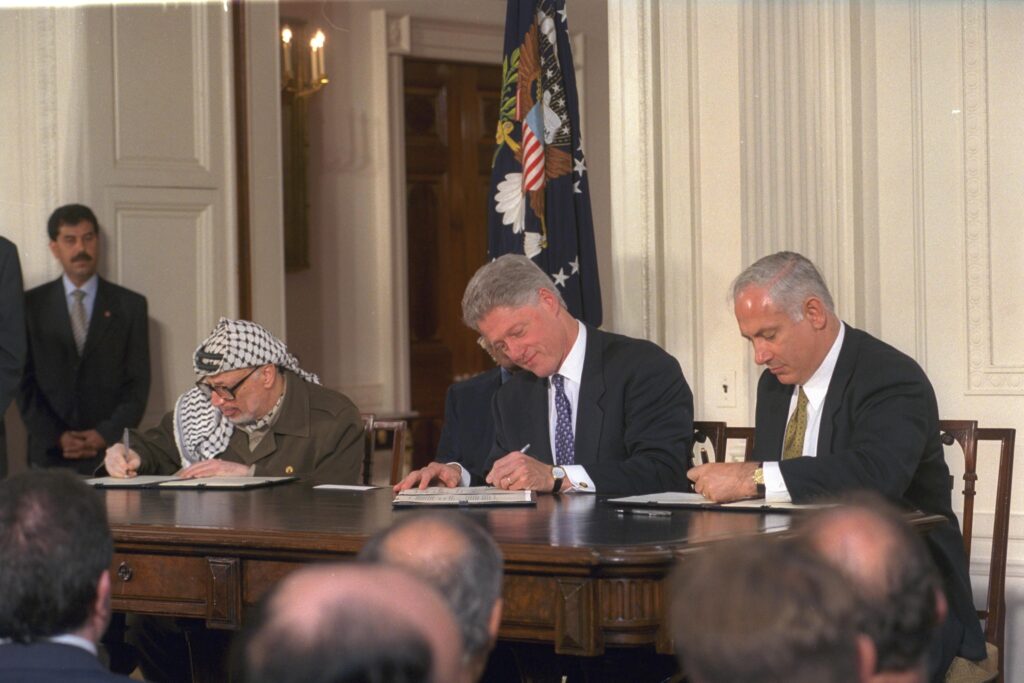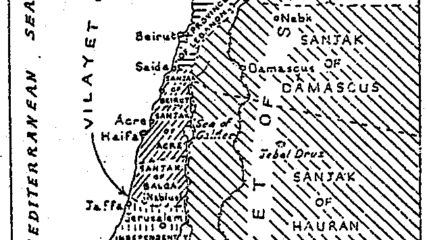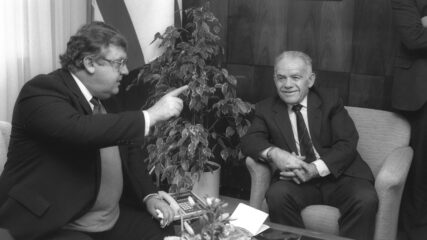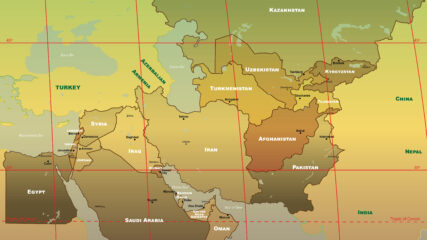Kenneth W. Stein, “The Arab-Israeli Peace Process,” Middle East Contemporary Survey, Vol. XXII, 1998, Bruce Maddy-Weitzman (ed.), Westview Press, pp. 56-89.
For almost all of 1998, the Arab-Israeli peace process was analogous to a driver putting his foot on the accelerator while the car remained in neutral. The drive wheels spun, but the car failed to advance. Its engine made a lot of noise but often spewed toxic waste. Diplomats could breathe, but the air was pungent with stagnation. Only in the autumn did the air temporarily clear. The year was spent haggling over three major issues: the terms and degree of Israel’s second major territorial redeployment in exchange for Palestinian Authority (PA) implementation of security-related matters; the fulfillment of understandings previously stipulated in the Oslo Accords but not yet fully put into effect; and whether to carry out a second withdrawal at all prior to a decision about the final borders between Israel and the future Palestinian entity. The major diplomatic success of the year was the signing of the Wye River Memorandum (WRM) in October.
For Israeli Prime Minister Binyamin Netanyahu, the fate of Israeli withdrawal and other Israeli commitments previously made to the Palestinians hinged inextricably on the PA’s behavior on security matters. Moreover, important segments of his fragile ruling coalition were adamantly opposed to any further withdrawals. Netanyahu cited several factors to justify or excuse not moving faster on the Palestinian-Israeli track: PA President Yasir Arafat’s lack of commitment to disarming Palestinians who violently opposed both Israel and the Oslo Accords; Netanyahu’s razor-thin parliamentary majority, which repeatedly threatened (and eventually caused) the downfall of his government; and more broadly still, his total opposition to the establishment of a Palestinian state. In a real sense, the 1993 and 1995 Oslo Accords were a recognition by the late Israeli Prime Minister Yitzhak Rabin that the conflict with the Palestinians could only be solved through the division of historic Palestine, bringing about the separation of Israelis from Palestinians. There was a certain inevitability to the ultimate establishment of a Palestinian state. By signing subsequent agreements with the Palestinians, successive Israeli governments were shaping the dimensions and controlling the evolutionary pace of the Palestinian state. Since Netanyahu opposed the purpose of Oslo, he worked diligently to slow down its implementation and minimize the territorial size of such a state.
Read the Full Article in a Printable PDF








